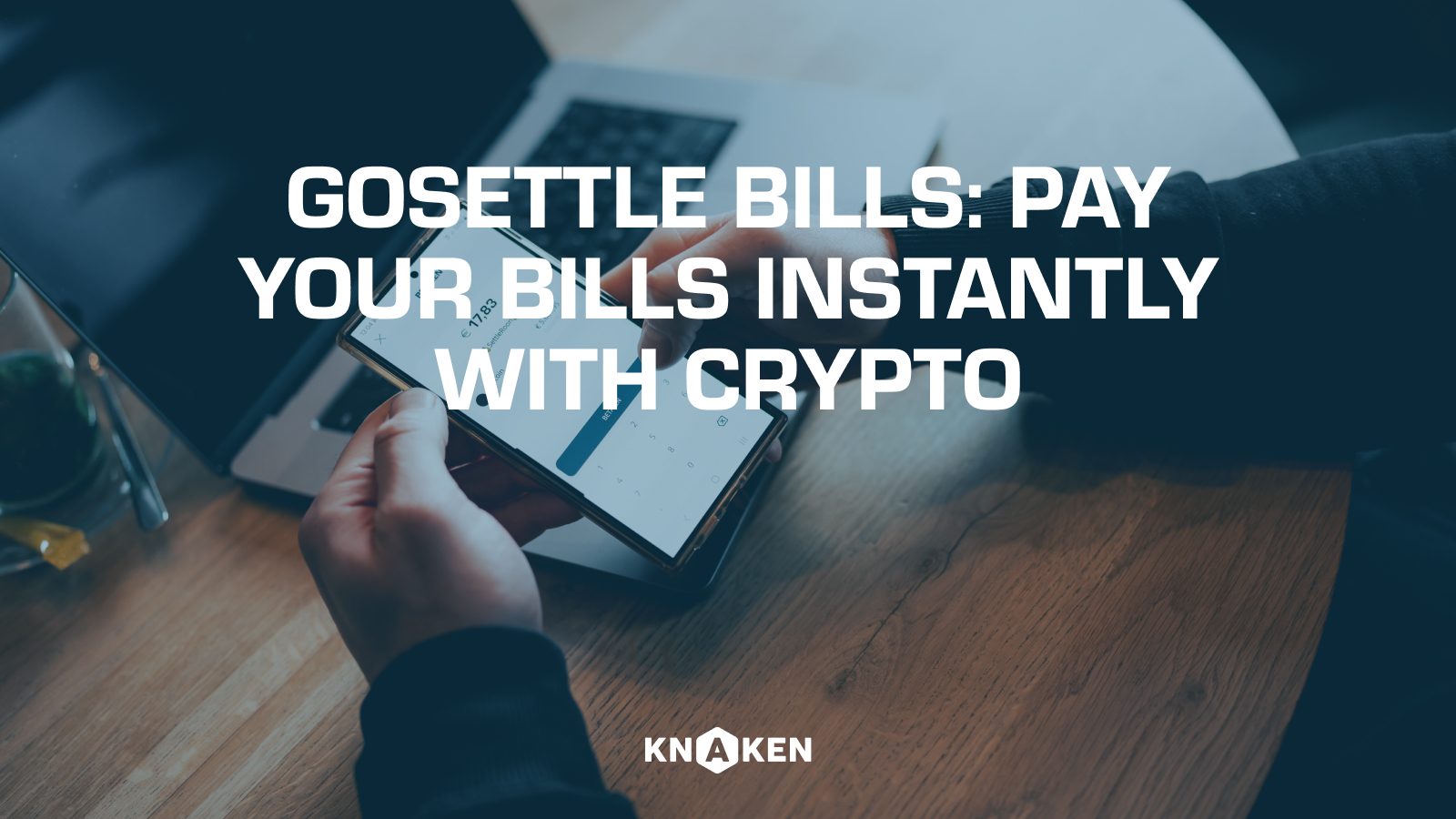Cross-Chain Swap
Introduction to Cross-Chain Swaps
Cross-Chain Swaps are a type of financial transaction that allows users to exchange cryptocurrencies across different blockchain networks without the need for a centralized intermediary. This technology in the cryptocurrency space aims to enhance liquidity, improve trading efficiency, and foster interoperability among blockchain ecosystems.
Understanding the Concept of Cross-Chain Swaps
Cross-Chain Swaps utilize a protocol that enables users to trade their cryptocurrencies on separate blockchains directly. Some of the key features include:
- Decentralization: Eliminates the need for intermediaries like exchanges, reducing the risk of hacking and fraud.
- Direct Transactions: Enables users to swap assets without having to convert to a common currency, such as Bitcoin or Ethereum.
- Interoperability: Facilitates interaction between different blockchain networks, which traditionally operate in isolation.
How Cross-Chain Swaps Work
The process of executing a Cross-Chain Swap typically involves several steps, which can vary depending on the protocols used. The general procedure includes:
- Atomic Transactions: A Cross-Chain Swap is usually executed as an atomic transaction, ensuring that either both transactions complete successfully or none at all. This guarantees that the swap is safe and secure.
- Hash Time-Locked Contracts (HTLC): The primary technology behind Cross-Chain Swaps is HTLC. It allows users to lock their assets and set a time limit for the completion of the swap.
- Swapping Process: Once conditions are met, the two parties involved in the swap send their respective cryptocurrencies, which unlocks the release of the assets on both chains. If the time limit expires without confirmation, the assets are refunded to the original owners.
Benefits of Cross-Chain Swaps
Cross-Chain Swaps offer numerous advantages to users and the broader cryptocurrency ecosystem, including:
- Enhanced Liquidity: Facilitates access to a wider range of assets, creating more trading opportunities.
- Cost-Effective: Reduces or eliminates trading fees associated with traditional exchanges.
- Improved Privacy: Users can conduct transactions without revealing their identities to centralized exchanges, thus enhancing privacy.
- Flexibility: Allows users to hold and transact with multiple cryptocurrencies without relying on a specific platform.
Challenges in Cross-Chain Swaps
Despite their benefits, Cross-Chain Swaps also encounter several challenges:
- Technical Complexity: The underlying protocols can be complex for average users to understand and execute effectively.
- Security Risks: While decentralized, there remain potential security threats, particularly if the underlying code has vulnerabilities.
- Limited Adoption: Not all cryptocurrencies support Cross-Chain Swaps, which can limit usability.
- Synchronization Issues: Differences in transaction times across networks can complicate and potentially delay the swap process.
Popular Platforms Supporting Cross-Chain Swaps
Several platforms facilitate Cross-Chain Swaps, leveraging various technologies. Notable ones include:
- Atomic Wallet: A multi-currency wallet supporting atomic swaps for various cryptocurrencies.
- DeFi Protocols: Decentralized finance platforms like Thorchain and AnySwap enable seamless Cross-Chain transactions.
- Cross-Chain Bridges: Solutions like Polkadot and Cosmos are designed explicitly for interoperability across chains, supporting Cross-Chain Swaps.
The Future of Cross-Chain Swaps
As the cryptocurrency market continues to evolve, Cross-Chain Swaps are expected to play a crucial role in enhancing user experience and increasing the efficiency of digital asset transactions. Future developments may include:
- Increased Adoption: As awareness grows, more users may begin to embrace Cross-Chain Swaps.
- Improved Technology: Ongoing improvements in protocols and security measures will likely make Cross-Chain Swaps more accessible and less risky.
- New Applications: The emergence of new decentralized applications (dApps) may incorporate Cross-Chain Swaps as a core feature for their users.
Conclusion
Cross-Chain Swaps represent a significant advancement in the cryptocurrency market, enabling users to exchange assets seamlessly across different blockchains. While there are challenges that need to be addressed, the benefits they offer in terms of decentralization, security, and efficiency make them a promising aspect of the evolving digital finance landscape. As technology progresses, Cross-Chain Swaps are likely to become an integral part of how individuals and institutions manage their cryptocurrency portfolios.


















